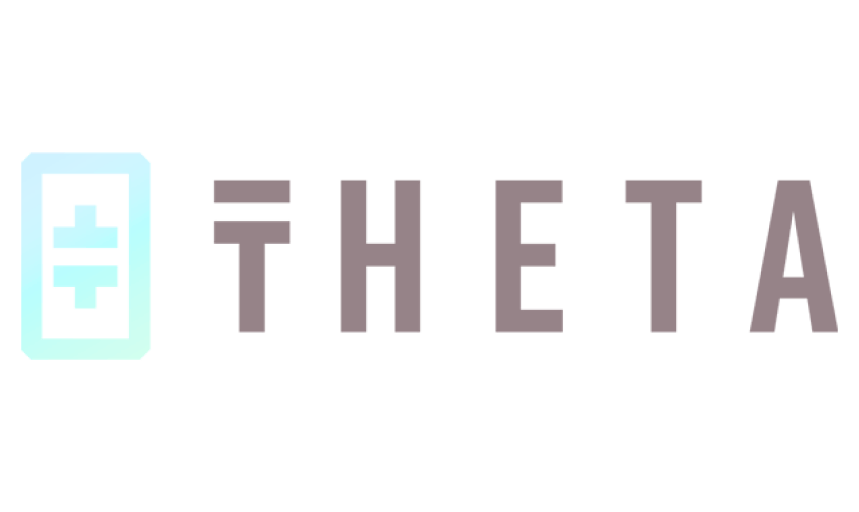Building the Future: Explore the Blockchain Infrastructure
Discover the latest advancements in blockchain infrastructure. Join the decentralized revolution and build the future of finance.

Synthetix Network (SNX)
Crypto Categories: Cross Chain, DeFi, Infrastructure
Synthetix Network (SNX)
Synthetix Network (SNX) is a blockchain-based synthetic asset issuance platform that provides a frictionless way to trade cryptocurrency. The network enables users to create tokens backed by various financial instruments like assets, currencies, and stocks.
These tokens are called Synths and are proxy assets because they don’t carry the full rights of their underlying assets. As a result, Synthetix provides users with exposure to assets with fast trades at fractional prices compared to the real thing.
With Synthetix Network’s growing traction in this space, it’s high time we look at the project and see why it’s gaining attention from investors, traders, developers, and more! This article will focus on what it’s all about, how it works, and its various features.
What is Synthetix Network?
Kain Warwick is the founder of Synthetix. In 2017, he built it under “Havven” to create a stablecoin to maintain a stable value without being pegged to a fiat currency. The platform later evolved into Synthetix, enabling users to create and trade a wide range of synthetic investments, including cryptocurrencies, physical stocks, physical assets, and more.
SNX is the native token of the Synthetix DeFi protocol. Synthetix is a platform that enables the creation of derivatives, which are crypto that mimics the price of real-world assets such as assets, stocks, and currencies. The Synthetix protocol uses a distributed network of price feeds and digital contracts on the Ether blockchain to create and manage these derivatives.
The said token is used in several ways within the Synthetix ecosystem. First, it incentivizes users to participate in the protocol by depositing and contributing to the network’s security and governance. Users who deposit can earn rewards through additional Synths and other options.
Second, this virtual currency is used as collateral for creating derivatives. Users can lock up their synths as collateral to mint synthetic or replica assets, which they can trade or hold. Additionally, fiat currencies are used as a form of asset backing to back the issuance of tokenized swaps.
Finally, Synths are used for protocol governance. Tokens holders have voting rights and can participate in the decision-making process for the future development of the Synthetix protocol.
How does Synthetix Network (SNX) work?
Here’s how the currency works:
- Staking: To participate in the Synthetix Network, users must risk their Synths. SNX tokens are locked for some time as part of the staking process. This process helps secure the network and validate transactions. In return for staking, users receive rewards in the form of additional SNX assets.
- Synthetic Assets: Once users have risked their Synthetix tokens, they can create replica assets on the platform. Synthetic or replica assets are digital representations of physical assets, such as stocks, assets, and currencies. These replica assets are created using a combination of digital contracts and price feeds.
- Price Feeds: The Synthetix Network uses price feeds to ensure that the value of replica assets accurately reflects the value of the real-world asset they are tracking. Price feeds are provided by a network of independent Oracle operators who report the underlying asset’s current price.
- Trading: Once replica assets have been created, they can be traded on the Synthetix Exchange. This process is a decentralized exchange (DEX) called Atomic swaps. The exchange enables users to trade replica assets with one another asset without requiring a central authority.
- Fees: Trading on the Synthetix Exchange incurs fees, which are paid in Synths. These fees are used to incentivize users to provide deep liquidity to the platform, which helps keep replica asset prices stable.
The Technology Behind SNX
The technology behind Synthetix is based on the Ether blockchain, which provides a secure and transparent platform for dApps. The system’s digital or smart contracts are written in Solidity. This programming language is specifically designed for the Ether network.
Synthetix uses a unique mechanism called “collateralization” to ensure that replica assets’ value remains pegged to the value of their real-world counterparts. Users must first deposit coins into a smart contract as asset backing when they want to trade a synthetic asset. The smart contract then issues a corresponding number of replica assets, which users can trade on the platform. When the user is done trading, they can redeem their replica assets for the original amount of SNX asset backing minus any fees.
The value of this virtual currency is determined by market demand and supply. As more users trade replica assets on the platform, the demand for SNX increases, increasing its value. Conversely, suppose users withdraw their SNX as collateral from the platform. In that case, the supply of SNX increases, which can lead to a decrease in its value.
In addition to Asset Backing, Synthetix uses a decentralized oracle system to provide real-time price feeds for replica assets. This ensures that replica assets’ value always accurately reflects their real-world counterparts’ value.
Finally, the platform also features a governance mechanism enabling users to vote on proposals for upgrades and changes. SNX holders can participate in governance by depositing their coins and voting on proposals. The governance mechanism ensures that the platform remains non-custodial and transparent, with decision-making power distributed among the community of users.
What Makes Synthetix NetworkUnique?
Synthetix Network Token is unique in several ways:
- Decentralized synthetic assets: Synthetix is a distributed platform that enables the creation and trading of synthetic or replica assets, virtual currencies that track the price of other assets, such as stocks, commodities, or cryptocurrencies. These replica assets are created using digital contracts on the Ether network, making them distributed and transparent.
- Collateralized by SNX: The Synthetix Network Token is the official token of the Synthetix system. It serves as an asset backing for the replica assets created on the platform. This means that users need to risk a certain amount of SNX to create and trade replica assets. In return, they receive a portion of the fees generated by the Synthetix protocol.
- Inflationary monetary policy: Unlike most virtual assets, the supply of this token is not fixed but inflationary. This means that new Synthetix coins are minted and distributed to SNX stakers and users of the platform. The network’s governance determines the inflation rate, which is currently set at around 5% annually.
- Decentralized governance: The Synthetix network is governed by its community of users, who can propose and vote on changes to the protocol using their coins. This makes the network more permissionless and democratic than traditional financial systems.
- High scalability: The Synthetix protocol is designed to be highly scalable and handle thousands of transactions per second. This makes it well-suited for use cases such as high-frequency trading.
Community and partnerships of Synthetix Network
The Synthetix community comprises diverse individuals, including developers, traders, investors, and enthusiasts, who are passionate about DeFi and the potential of synthetic or replica assets. The community is active on social media platforms such as Twitter, Discord, and Reddit, where they discuss new developments, share knowledge, and support each other.
In terms of partnerships, Synthetix has collaborated with several prominent distributed finance projects and protocols, including Chainlink, Curve Finance, Aave, and Uniswap, to name a few. These partnerships have helped to expand the reach and functionality of the Synthetix protocol, as well as to increase liquidity and trading volume for SNx and other replica assets.
Additionally, the Synthetix team has partnered with various blockchain projects and companies to integrate with their platforms or provide their services to Synthetix users. For example, Synthetix has partnered with Infura, a blockchain infrastructure provider, to ensure reliable access to the Ethereum network for Synthetix users.
Where to buy or sell Synthetix Network?
Here are some of the popular Crypto exchanges where you can buy or sell SNX:
- Binance
- KuCoin
- Uniswap
- BingX
- Kraken
- DigiFinex
- Bitget
How can Synthetix Network be mined?
Synthetic tokens cannot be traditionally mined as they are not a proof-of-work (PoW) or proof-of-stake (PoS) blockchain network. Instead, Synthetix uses a ” staking ” system to secure its network and validate transactions.
In Synthetix, users can earn rewards by depositing their Synthetix tokens or coins to help secure the network and to provide liquidity for the Synthetix trade. When users deposit their digital coins, they lock them up for some time, during which they cannot be traded or transferred. This mechanism is called a debt pool.
In exchange for depositing their tokens or coins, users receive staking rewards in the form of more coins, distributed proportionally to the number of coins each user is risking. The more coins a user risks, the higher the proportion of rewards they will receive.
Staking or depositing is done through digital contracts on the Ethereum Network, which powers the Synthetix network. Therefore, to deposit your crypto coins, you must connect your Ethereum wallet to the Synthetix interface and follow the instructions.
How does SNX compare against its competitors?
Synthetix is a DeFi platform that lets users trade replica assets that track the value of other assets such as cryptocurrencies, stocks, and commodities. SNX competes with other open finance platforms such as Compound, Aave, and MakerDAO, among others.
Compared to its competitors, the platform has several unique features. One of its main advantages is its ability to provide exposure to a wide range of assets, including traditional assets such as gold and silver, as well as cryptocurrencies, commodities, and indexes. This lets users diversify their portfolios and hedge against volatility in the financial market.
Another advantage of this currency is its use of a unique token model, which lets users deposit and trade Synths as asset backing in order to generate replica assets. This creates a feedback loop where the demand for replica assets creates demand for synths, increasing their value.
Additionally, this coin uses a novel mechanism called “debt-pooling,” which allows it to maintain a stable value for its replica assets even in times of extreme volatility. This helps to minimize the risk of liquidation and loss of asset backing.
One of the main competitors is Augur (REP). Augur is a decentralized prediction market platform that permits users to buy and sell shares in the outcome of events. Augur uses a similar system of price oracles to provide accurate price feeds for the prediction markets. However, unlike SNX, Augur is focused on prediction markets and does not offer mirrored assets for trading.
Another competitor of SNX is UMA (UMA). UMA is a decentralized platform allowing users to create mirrored assets without needing price oracles. Instead, UMA uses a system of collateralized positions to ensure the value of the mirrored assets. UMA is similar to SNX, allowing users to create and trade mirrored assets. Still, it differs in the underlying technology used to provide price feeds.
Balancer (BAL) is another competitor. Balancer is a DEX that lets users trade Ethereum-based tokens, including mirrored assets. In addition, Balancer uses a system of liquidity pools to provide marketability for the tokens traded on the platform. Balancer is similar to SNX, allowing users to trade mirrored assets. Still, it differs in the underlying technology used.
While SNX faces competition in distributed finance, its unique features and innovative coin model give it a strong competitive edge. However, as with any investment, it is important to research and assess the risks before investing in this currency or any other distributed finance platform.
Synthetix Network History
Synthetix is a decentralized finance (DeFi) platform built on the Ether Network that enables users to create and trade synthetic or replica assets. These derivatives represent the value of real-world or physical assets like stocks, assets, and currencies. The platform was first launched in 2018 under “Havven” but rebranded as Synthetix in 2019.
The Synthetix project was founded by Kain Warwick, who founded the blockchain-based payment platform Blueshyft. The project’s whitepaper was released in 2018, and the platform launched later that year. Since then, Synthetix has gained a reputation as one of the most innovative and promising projects in the DeFi ecosystem.
The initial distribution of the SNX or synths, the native token of the Synthetix platform, was done through an ICO (Initial Coin Offering). The ICO was held in early 2018 and raised around $30 million in ETH. The ICO price for Synths was $0.50, and the total supply of tokens was set at 1 billion.
After the ICO, the tokens were listed on various crypto exchanges, including KuCoin, Binance, and BitMax. The token’s price saw significant fluctuations in its early days, reaching an all-time high of over $28 in February 2021. As of March 2023, the Synthetix price is around $5.
The Synthetix platform has continued to evolve and improve since its launch. In 2020, the platform introduced “binary options,” which allow traders to bet on whether the price of a particular asset will go up or down within a certain timeframe. The platform also introduced “inverse synthetic assets,” which allow traders to bet against the value of an asset.
SNX Price Statistics
SNX Price Live
Synthetix Network Token Market Cap
The daily trading volume
What is the all-time high and all-time low for SNX?
Related Crypto





























